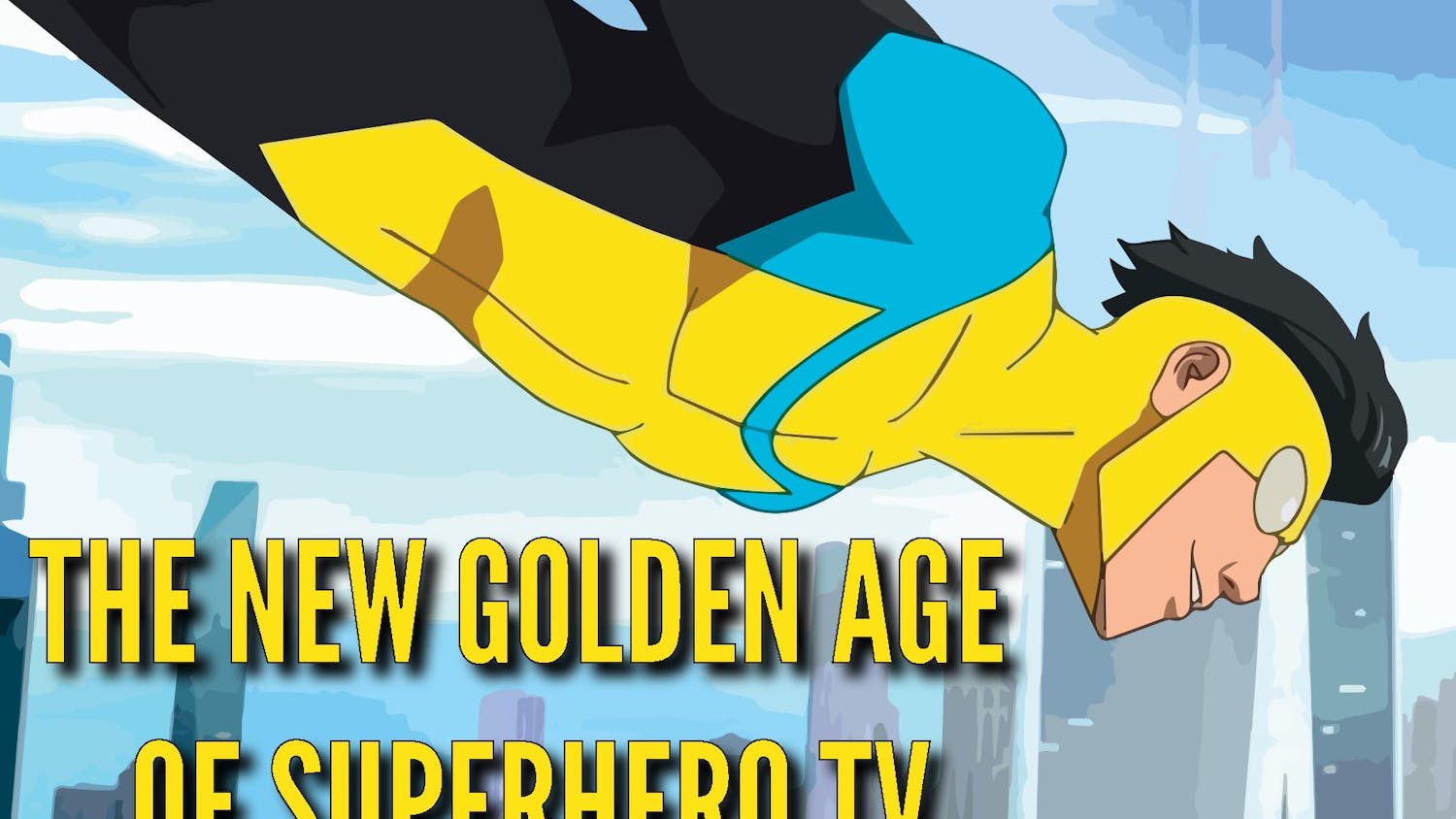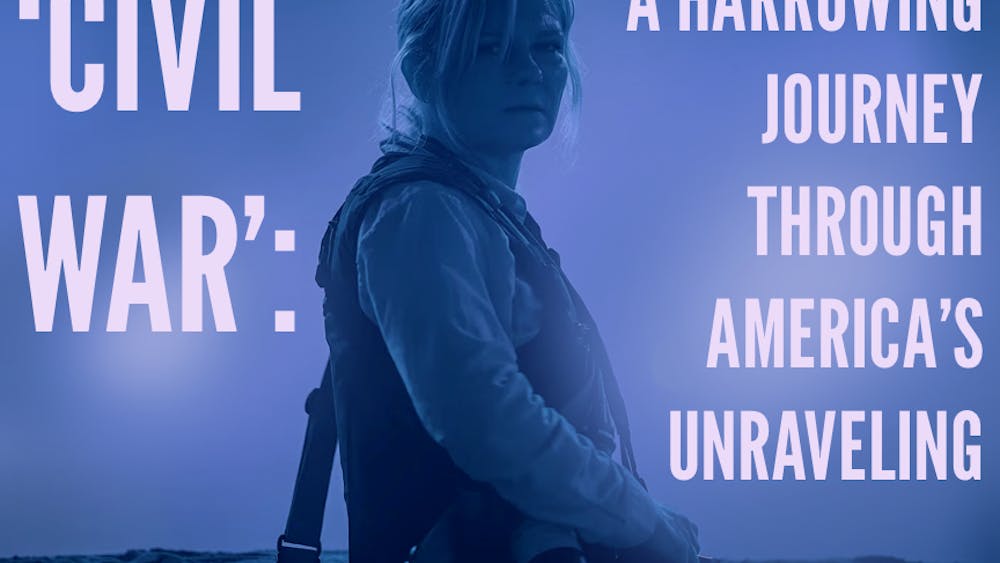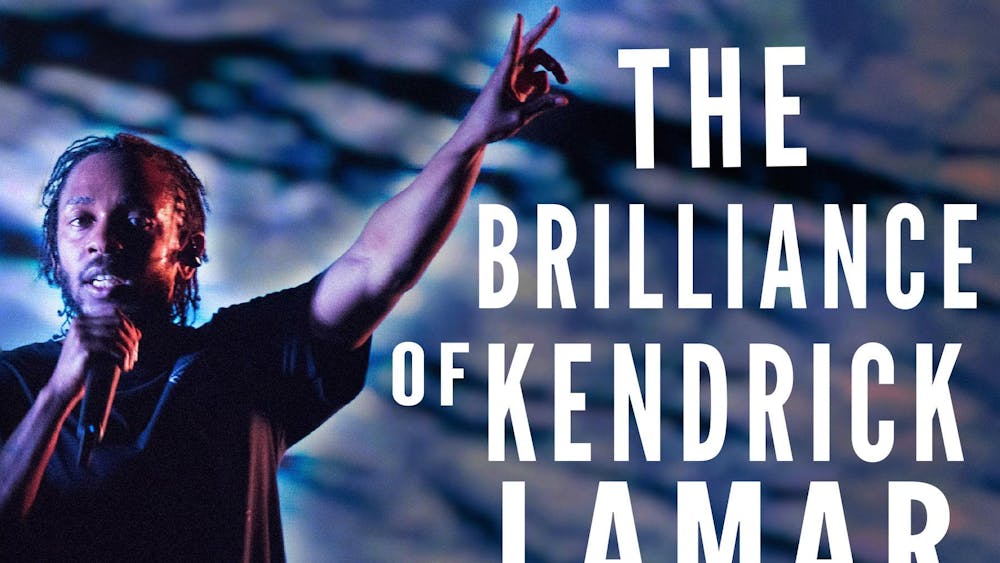
“Fantastic Beasts and Where to Find Them” begins with a scan of The Daily Prophet and articles that warn of a “dark wizard terror threat,” setting the film’s tone of fear mongering, bigotry and social unrest in a darkly detailed 1920s New York City that poignantly translates to today's climate.
The film is a continuation of J.K. Rowling’s exhilaratingly imaginative wizarding world, but the opening scene depicts British magizoologist Newt Scamander (Eddie Redmayne) on a ship across seas to New York. For the first time, we see the American wizarding community.
David Yates, director of “Harry Potter and the Order of the Phoenix” through “Harry Potter and The Deathly Hallows: Part 2,” translates his shadowy, bewitching macrocosm to America with ease. U.S. audiences will feel a new sense of engagement with the film, noting familiar landmarks and seeing their own emotions reflected on the big screen through the addition of a central No-Maj character (American for “muggle”).
Unlike the Harry Potter series, the “Fantastic Beasts” screenplay was entirely written by J.K. Rowling. Rowling had a clean slate to create a prelude to Scamander’s encyclopedia-esque guide to magical creatures without die-hard fans to comment on things “left out” or pass judgment on whether the movie is better than the book.
Because Rowling has the freedom to tackle new issues with new characters, she is able to explore social pessimism in a new realm. Although the film is set in the 1920s and the Harry Potter series was technically more modern, “Fantastic Beasts” finds Rowling effectively depicting current American unrest. The opening scene parallels the big city terror-threats explored in films like 2008’s “The Dark Knight.” The intolerance expressed by the “Second Salemers” that picket the wizards' way of life and yell statements like, “The people behind this are not like you and me!” could fit in today's protest-heavy headlines. There is even a scene where a presidential candidate touted as “America's Future” is killed while giving a speech — take that as you will.
The relatable depiction is made even more realistic by the addition of a central No-Maj character, endearing aspiring-baker but current canning factory worker Jacob Kowalski. The addition of a character that oohs and ahs at strudel baked in midair and suitcases that contain an expansive zoo brings the audience quite literally into the movie.
Jacob embarks on a Pokemon-Go style chase across New York City for the creatures that scatterbrained Newt Scamander has accidentally let loose. The creatures range from a perky platypus to a reckless rhinoceros, each outfitted with quirks like kleptomania or a literal hot head. It seems a bit too fitting with a release date the week before Black Friday that Rowling has created an extensive line-up of cuddly just-in-time-for-Christmas merchandise. It also appeals to the new generation of Potterheads that the five-part series will create.
The series is creating a new cast of characters, of which the supporting roles shine. Dan Fogler gives a convincing performance as Scamander’s perplexed sidekick Kowalski, whom most of the movie’s characters and audience come to adore. Alison Sudol (the indie artist behind A Fine Frenzy) does a lot with a small role as ethereal Legilimens Queenie, defying the sexism of the time and role as she intimidates male coworkers while wearing luxuriously pink ensembles that would put Umbridge (and maybe even Rihanna?) in her place. Johnny Depp is also, quite haphazardly, thrown into the character mix.
For fans of the original series, there are nods at the plot throughout: a love interest of Lestrange descent, a lava-fueled Whomping Willow-esque scene in Central Park and the mention that Dumbledore supported Scamander’s controversial initiative to educate wizards on magical creatures, a direct Potter-parallel. There are even a few proverbs uttered by Scamander, such as “worrying means you suffer twice,” that sound like they might have originated with the headmaster.
“Fantastic Beasts and Where to Find Them” expands the wizarding world we have come to know and love across seas without leaning on the original series’ initial characters or plot as a crutch. Rowling is free to explore political and social concerns with the entirety of New York City (wizard and No-Maj characters alike) as a backdrop, a more fitting canvas than a wizarding school ever was. Bright new characters and creatures delight against Yates’ signature umbral world. It is a film that affectingly reflects modern trends from Pokemon-Go to political protests inside a delightfully magical fantasy.













